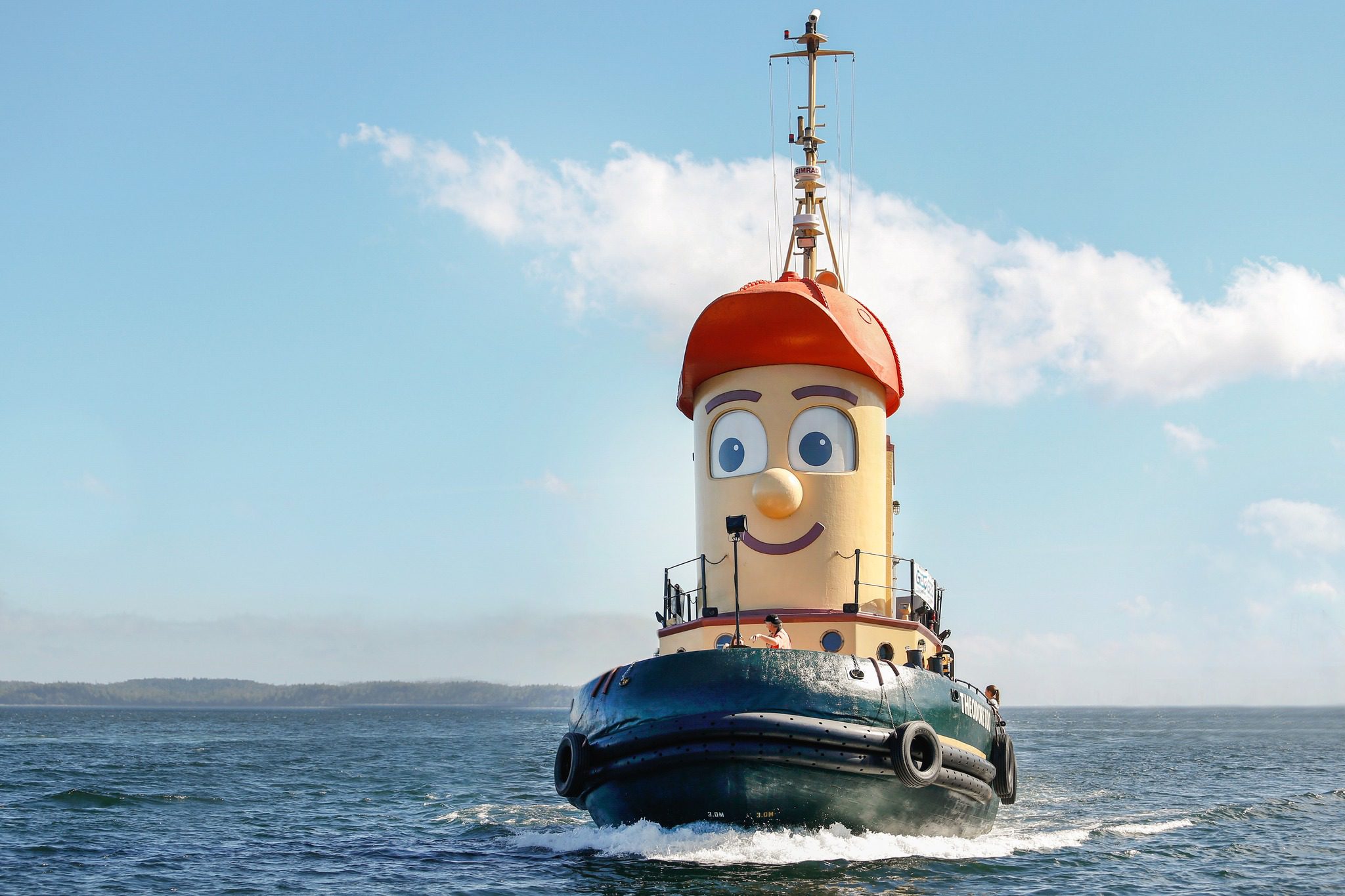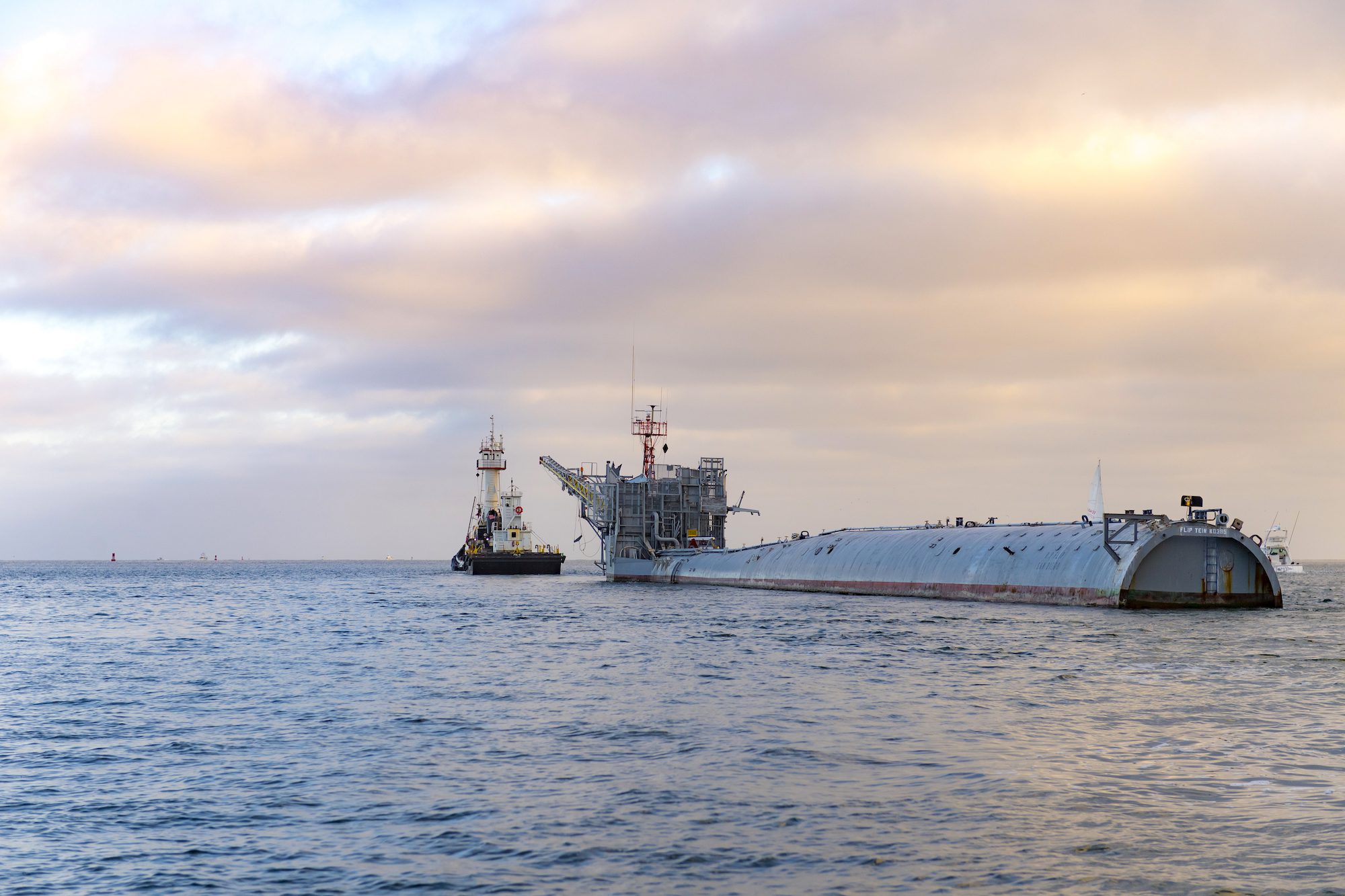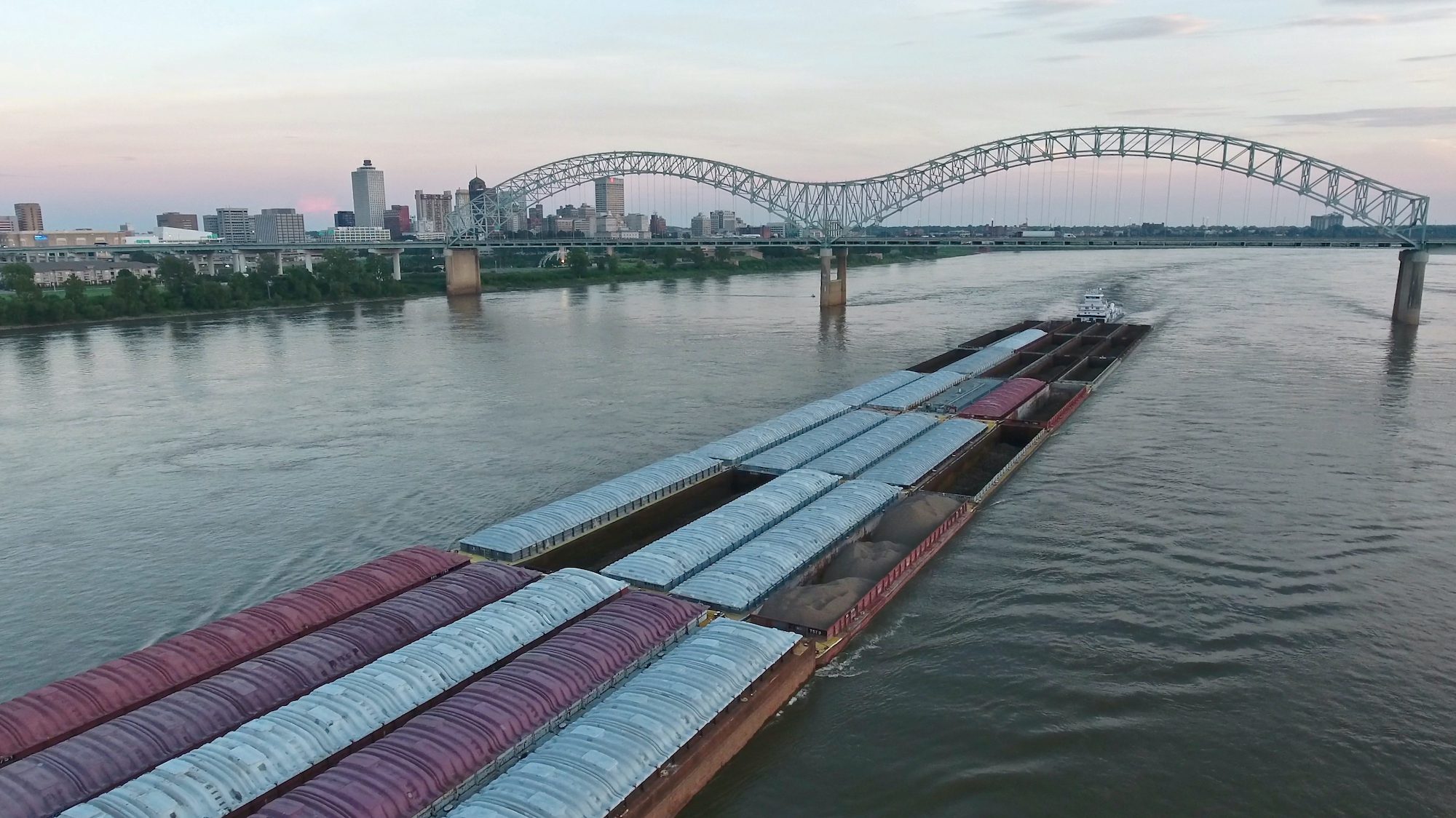A fortuitous combination of ravenous bacteria, ocean currents and local topography helped to rapidly purge the Gulf of Mexico of much of the oil and gas released in the Deepwater Horizon disaster of 2010, researchers reported Monday.
After spewing oil and gas for nearly three months, the BP PLC (BP, BP.LN) well was finally capped in mid-July 2010. Some 200,000 tons of methane gas and about 4.4 million barrels of petroleum spilled into the ocean. Given the enormity of the spill, many scientists predicted that a significant amount of the resulting chemical pollutants would likely persist in the region’s waterways for years.
According to a new federally funded study published Monday by the National Academy of Sciences, those scientists were wrong. By the end of September, the vast underwater plume of methane, plus other gases, had all but disappeared. By the end of October, a significant amount of the underwater offshore oil–a complex substance made from thousands of compounds–had vanished as well.
“There was a lot of doomsday talk,” said microbiologist David Valentine of the University of California at Santa Barbara and co-author of the study, published in Proceedings of the National Academy of Sciences. But it turns out “that the ocean harbors organisms that can handle a certain amount of input” in the form of oil and gas pollutants, he said.
A year ago, Valentine and other scientists published a paper describing how naturally occurring bacteria had apparently devoured much of the toxic chemicals released in the BP spill. That federally funded study, published in the journal Science, triggered disbelief among other researchers who questioned whether microbes could gobble up that much gas and oil so quickly.
Valentine and his colleagues have used a computer model to explain just how that scenario might have played out. “The skepticism was certainly one of the contributing factors that spurred us to go and do this [new] study,” said Valentine.
It was an intricate challenge. The first step was to estimate the flow rate of the various hydrocarbons from the well over the 87 days the spill continued. The researchers identified 26 classes of such chemicals; they then had to figure out which of these chemicals stayed in the deep plume, and which ones rose up to the surface. For example, certain components dissolved completely in the water, including the methane gas, while some of the oil droplets were atomized and trapped in the water.
Next, the scientists set about identifying the main species of oil-and-gas-eating bacteria that lived in the deep Gulf. They identified 52 main species of such microbes. The scientists also estimated how efficiently the bacteria consumed the oil and gas, and how much the bacteria colonies grew.
The final step was to model the complex movement of the water in the Gulf to determine where the oil and gas–and the bacteria–got transported. Igor Mezic, a colleague of Valentine’s and a co-author, had published a study in 2011 predicting where the BP oil slick had spread. That analysis included data from the U.S. Navy’s model of the Gulf’s ocean currents and observations of the water’s movements immediately after the spill and for several months after it ended.
The UC Santa Barbara researchers decided to marry their two computer models–the one about the spill-eating bacteria with the one that captured the movement of water. When they ran the joint model, they found it helped to explain the puzzle of the rapidly vanishing oil spill.
The model showed the topography in the Gulf of Mexico had played a vital role. Since the gulf is bounded on three sides by land–north, east and west–the water currents don’t flow in a single direction as in river. Instead, the water sloshes around, back and forth, as if it was trapped in a washing machine.
An initial population of bacteria encountered the spill near the BP well, its population grew, and then it was swept away by the ocean currents. But when the water circled back–that washing-machine effect–it already was loaded with hungry bacteria, which immediately went on the attack again, mopping up another round of hydrocarbons. These repeated forays over the BP well, by the ever-growing bacterial populations, sped up the rate at which the methane and offshore oil got devoured.
Valentine suggested oil companies ought to ascertain the currents, water motion and native microbial community in the water before embarking on any major offshore drilling project. “Then, if there is an event, we’d be many steps ahead of understanding where the oil may go and what the environment’s response may be,” he said.
The research was funded by the National Science Foundation, the Department of Energy and the Office of Naval Research.
-By Gautam Naik, The Wall Street Journal
(c) 2011 Dow Jones & Company, Inc.

 Join The Club
Join The Club











